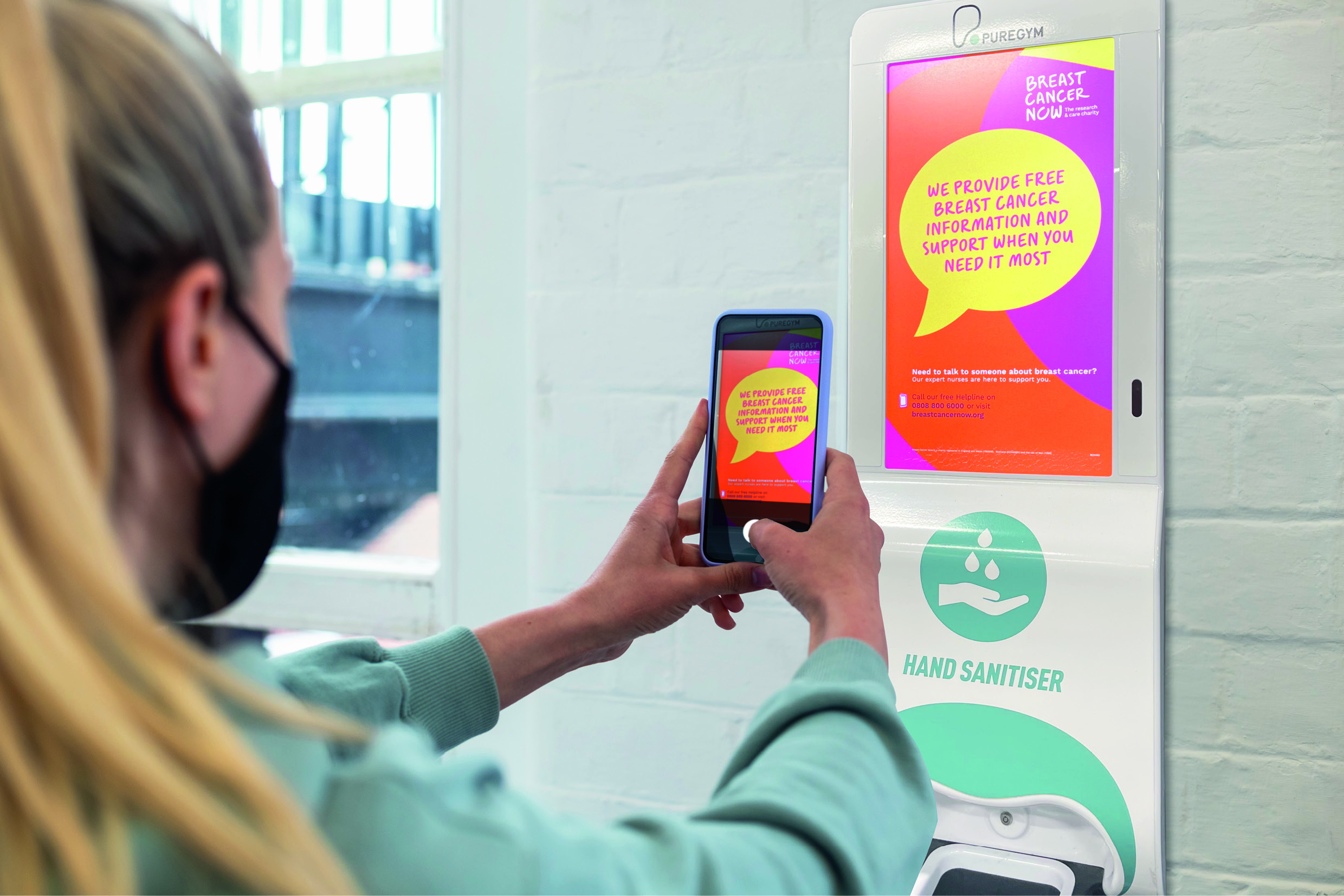
How brands have changed their marketing tactics in 2020
Marketing budgets have been adjusted and scrutinised during the COVID pandemic for the same reasons all brands tighten their belts during changing times. In the main, most organisations have seen a downturn in sales, yet are battling to stay relevant and front of mind in-line with people’s changing behaviour. It’s been tough, but those that have adjusted and, in some cases, completely changed their marketing strategy have been effective. We’ve looked at some of the ways brands have changed their marketing tactics in 2020 to help them weather the storm.
News and information linked marketing
News outlets reported astronomical increases in traffic during the first lockdown of 2020. Traffic to the Financial Times (FT) website grew 250 per cent year-on-year in April as coverage of the Coronavirus crisis broke new records for the daily title. The FT said the pandemic resulted in its highest ever levels of consumption and engagement online, smashing previous records set during the EU Referendum. At Reach, which has a network of 70 national and regional news websites including the Mirror, Express and Star titles, said it had more than 10m page views above average during the pandemic.
Savvy brands researched the places where readers were spending their time and used news and information linked marketing to spread their message. Eye-tracking specialist Lumen estimates advertisers and media agencies should expect to generate around 1,600 seconds of attention per 1,000 print impressions usually. During the 19th – 25th March 2020 period, 1,000 newspaper impressions generated an average of 1,936 attentive seconds, an increase of 21%.
Marketing with empathy and storytelling
Brands that were commercially exploitative during the worst of the pandemic did not fare well. Instead those that showed empathy and used storytelling were much more successful. Many banks, for example, moved to waive overdraft fees, recognising the hardship on their customers. Guinness shifted its focus away from celebrations and pub gatherings around St Patrick’s Day 2020 and instead leaned into a message of longevity and wellbeing and McDonald’s chose to directly address consumer concerns around protecting their health by outlining the precautions they were taking to keep customers and staff safe.
Supporting communities
There has been lots of goodwill around the COVID pandemic and many brands have shown acts of kindness. From donating to food banks to providing free products for medical workers and even paying employees despite doors being closed. There is no doubt that people will affectionately remember those brands for their generosity and feel-good marketing content that alleviates anxiety and promotes positive messaging will go a long way to enhancing the brand. Pret a Manger supported health workers during the first lockdown by offering all hot drinks to them free of charge as well as 50% off all other items. McDonald’s did the same by offering a free hot or cold drink to NHS workers. Ford, GE, and 3M partnered to repurpose manufacturing capacity and put people back to work to make respirators and ventilators to fight coronavirus. And some alcohol companies including Diageo and AB InBev, repurposed their alcohol-manufacturing capabilities to make hand sanitizer, alleviating short supplies with their: ‘It’s in our hands to make a difference’ message.
Some of the key takeaways from 2020 are that new and information linked marketing has been hugely successful, online sales have hiked and big business e-commerce platforms such as Amazon and Ebay have spiked whereas traditional high street brands like Primark have simply not been able to operate for large chunks of the year during lockdown. Positioning brands in high traffic areas of footfall in essential retail stores has been paramount to some brand’s success while supporting communities has been a huge advantage for others.
It remains to be seen which brands will have weathered the storm and if their marketing efforts will get them through the next year favourably. However, one thing is for sure, many marketing lessons have been learnt in 2020 as consumers and businesses have shown they can change their behaviour overnight. A healthy campaign requires a marketing blend and true mix of marketing disciplines, it doesn’t pay to put all your eggs in one basket.
Find out more. Get in touch today